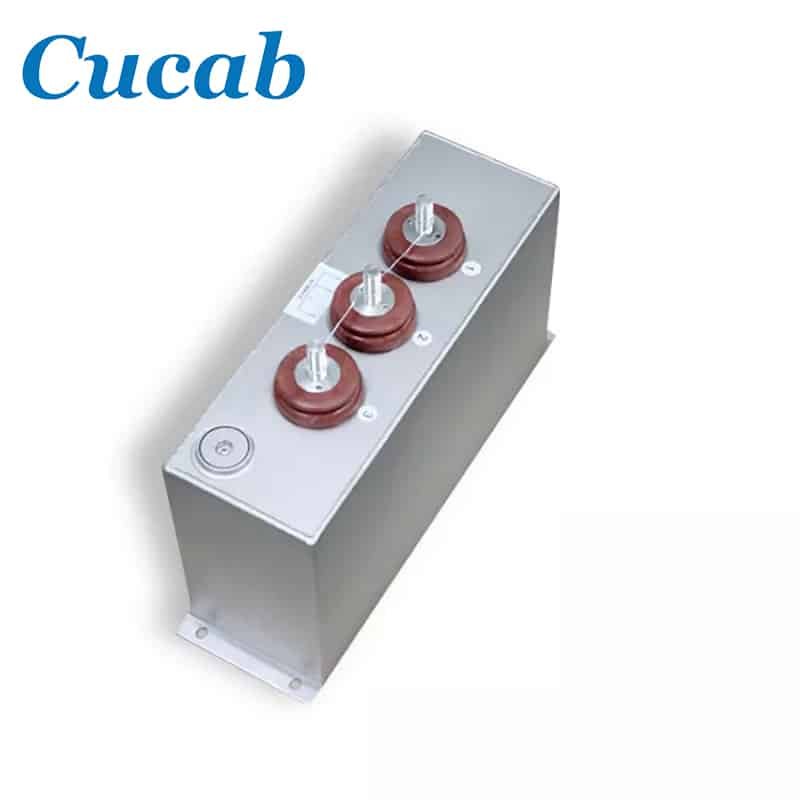The design of resistive components includes two parts: the main body (capacitor core, resistor body) and the external structure. The former mainly considers the electrical performance requirements of the components, while the latter mainly combines the design of the main body and the environmental conditions required by the components to determine the external structure. Therefore, the design starts with the material, size and structure of the main part, and then the external structure is selected according to the working conditions.
The design of resistive capacitor components is based on the required electrical performance. In order to ensure that the components work reliably for a long time, thermal calculations must be performed to determine whether the temperature of various materials (dielectric and auxiliary materials) of the capacitor exceeds the allowable limit temperature under working conditions, and whether the resistor heating is lower than the allowable power dissipation, etc. In order to be suitable for industrial scale mass production, cost and economic efficiency calculations must also be made.
In general, as far as the main body of capacitive components is concerned, the design of capacitors includes: in order to meet the rated capacity of capacitors, tolerance, temperature coefficient, insulation resistance, loss, operating frequency requirements, according to the dielectric material dielectric coefficient, dielectric coefficient of temperature coefficient dielectric strength, insulation strength, loss angle tangent, dielectric polarization type, etc. for the selection of dielectric materials; design to meet the rated working voltage of capacitors The design of dielectric thickness to meet the requirements of rated operating voltage of the capacitor, which can make the product meet the reliability indication and also meet the requirements of miniaturization and low consumption; the design of pole plate size according to the nominal capacity of the capacitor; the use of composite dielectric or other measures to adjust the capacity temperature coefficient of the capacitor; the design of pole plate thickness to reduce the loss of the capacitor, and even the re-election of dielectric material; the design of edge retention to prevent edge breakdown; the design of edge retention; the estimation of the capacitor’s capacity. Sometimes, in order to achieve better economic efficiency, compromise arrangements are made in material selection and dimensional considerations, such as sacrificing the amount of material used to consider the surface with inexpensive and lower quality materials, or taking the exact opposite approach. When a comprehensive evaluation of the capacitor is required in the selection of materials, design, technology and other aspects of the full potential, than the volume characteristics of the analysis.

2kv-1000uf magnetiseringskondensator - pulskondensator - høyspenningsmagnetiseringskondensator




